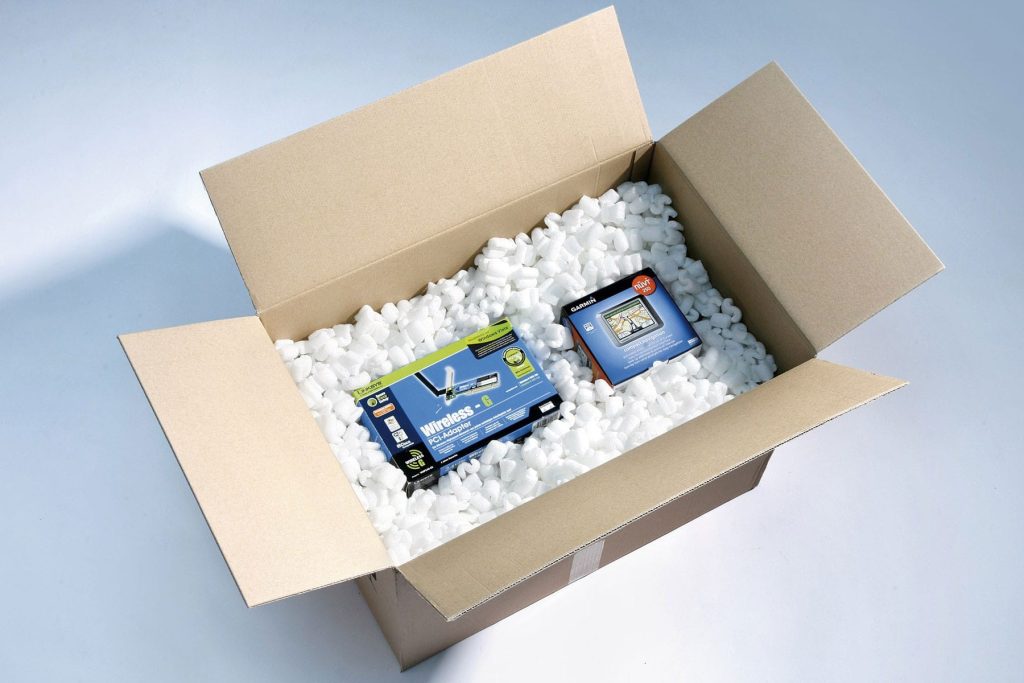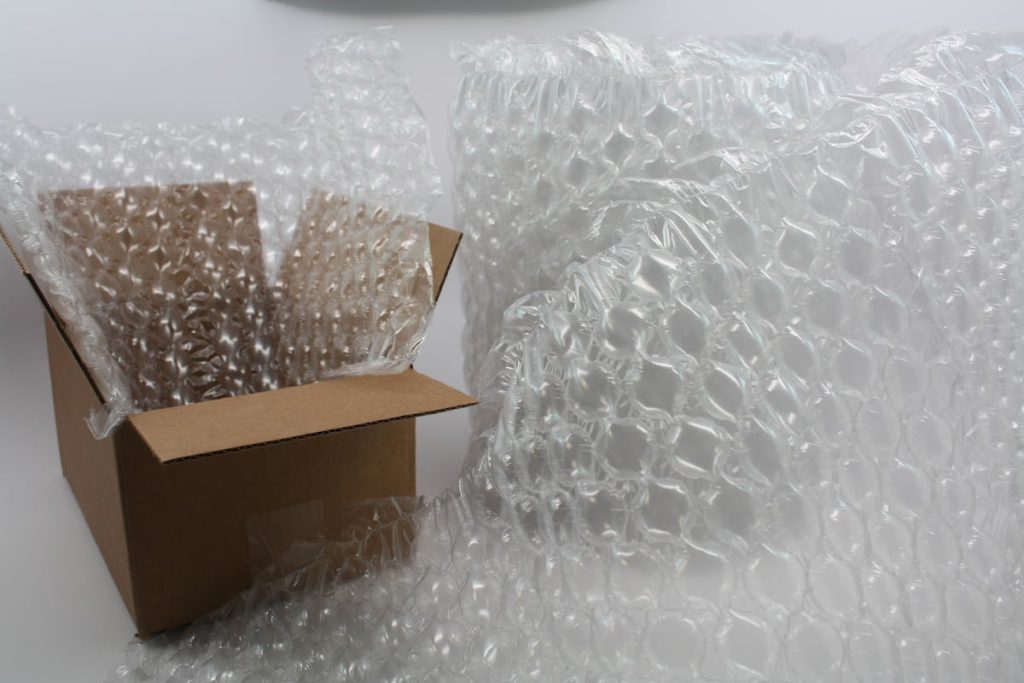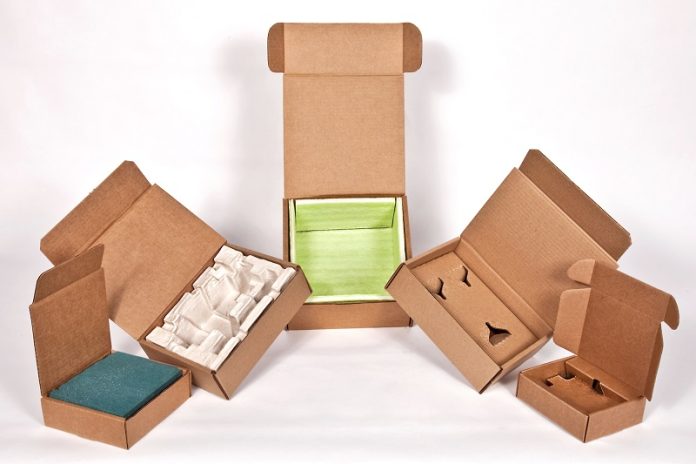In the dynamic world of shipping and e-commerce, the often-overlooked heroes ensuring your products reach customers in perfect condition are packaging fillers and void fill solutions. This comprehensive guide, “Cracking the Code: Everything About Packaging Filler & Void Fill Unveiled,” delves into the intricacies of packaging, from the basics of fillers to the latest trends in the industry.
The Basics of Packaging Fillers
Defining Packaging Fillers
Packaging fillers, often an afterthought, play a crucial role in safeguarding products during transit. Understanding their purpose and historical evolution is the first step in optimizing your packaging strategy.
1. Purpose and Importance

Packaging fillers go beyond merely occupying space; they are a protective shield for your products. Learn why choosing the right filler is pivotal for the safety of your goods.
2. Historical Evolution
Explore the journey of packaging fillers, from rudimentary materials to the sophisticated options available today. Understanding this evolution provides insights into the present state of packaging.
Types of Packaging Fillers
The market offers a plethora of packaging fillers, each with unique characteristics suited to specific needs. From traditional bubble wrap to eco-friendly alternatives, discover the array of options at your disposal.
1. Bubble Wrap
The timeless classic – delve into the reasons why bubble wrap remains a go-to choice for many businesses and how it has evolved over the years.

2. Foam Peanuts
Explore the pros and cons of foam peanuts, considering both their protective qualities and environmental impact.
3. Air Pillows
Discover the rise of air pillows as a versatile and eco-friendly void fill option, offering both protection and sustainability.
4. Paper-based Fillers
Uncover the eco-friendly charm of paper-based fillers and their growing popularity in the quest for sustainable packaging solutions.
Understanding Void Fill Solutions
The Role of Void Fill in Packaging
Void fill isn’t just about preventing empty spaces; it’s a strategic element in ensuring products remain intact throughout their journey. Delve into its significance and impact on customer satisfaction.
Read More: How can you inspire your customers with custom packaging solutions?
1. Preventing Damage During Transit
Learn how void fill solutions act as shock absorbers, mitigating the risk of damage to your products during transportation.
2. Enhancing Customer Satisfaction
Discover the direct correlation between effective void fill and customer satisfaction, influencing repeat business and brand loyalty.
Importance of Sustainable Packaging
Environmental Impact
In an era where sustainability is at the forefront of consumer concerns, understanding the environmental impact of packaging choices is paramount.
1. Reducing Carbon Footprint
Explore how opting for sustainable packaging fillers contributes to a reduction in carbon emissions, aligning with global efforts to combat climate change.
2. Meeting Consumer Demands for Sustainability
Consumers are increasingly making choices based on environmental considerations. Discover how integrating sustainable packaging aligns with consumer expectations and fosters a positive brand image.
Benefits of Eco-Friendly Void Fill
Making the shift to eco-friendly void fill solutions isn’t just about being environmentally conscious; it also brings substantial benefits to businesses.
1. Cost-Efficiency
Contrary to popular belief, sustainable packaging can be economically viable. Uncover the cost-saving potentials and long-term financial benefits of adopting eco-friendly void fill.
2. Positive Brand Image
Explore the intangible benefits of positioning your brand as environmentally responsible. Learn how sustainable packaging choices can enhance your brand’s reputation and attract conscious consumers.
Choosing the Right Packaging Filler
Analyzing Product Needs
Not all products have the same packaging requirements. Understanding the specific needs of your items is crucial for effective packaging.
1. Fragile Items
Delicate products demand extra care. Explore the best packaging fillers for fragile items, ensuring they arrive at their destination in pristine condition.
2. Heavy or Bulky Goods
Discover the optimal void fill solutions for heavier or bulkier items, balancing the need for protection with efficient use of materials.
Balancing Protection and Cost
Effective packaging is about finding the equilibrium between product protection and budget constraints.
1. Cost-Effective Options
Identify cost-effective void fill solutions without compromising the safety of your products. Uncover strategies to optimize packaging efficiency while keeping expenses in check.
2. Customization for Maximum Protection
Explore the realm of customized packaging solutions tailored to your product specifications. Learn how customization can elevate protection levels without inflating costs.
Conclusion
As we conclude our exploration into the intricate realm of packaging fillers and void fill solutions, it becomes evident that cracking the code to effective packaging is a multifaceted endeavor. From understanding the basics of packaging fillers to unraveling the significance of void fill in product protection, this guide has navigated through the complexities of an often-overlooked aspect of the shipping process.
The importance of sustainable packaging emerged as a central theme, showcasing not only its environmental benefits but also its positive impact on brand image and cost efficiency. Choosing the right packaging filler became a strategic exercise, emphasizing the need for customization based on product specifications and the delicate balance between protection and budget constraints.
Real-world case studies provided valuable insights from industry giants and sustainable brands, offering lessons applicable to businesses of all sizes. The evolving landscape of the packaging industry, marked by technological advancements and future predictions, sets the stage for continued innovation and adaptation.


